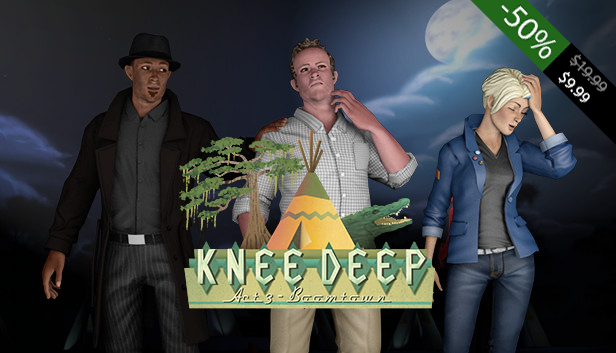This column appeared in The St. Petersburg Times on July 13, 1997:
By Wes Platt
The Sol III Pathfinder, wrapped inside a giant ball of string, slams into the U-Save parking lot at 55 mph, bouncing over stunned pedestrians pushing grocery carts toward their cars, toppling the golden arches of the McDonald’s, and finally coming to rest at the corner of State Road 54 and U.S. 41.
The string unravels, a ramp deploys and a roving robot rolls onto the pavement.
It raises its high-gain antenna and begins sending images and analytical data back to the planet Vindaloo. . .
The kalfatz has landed. Dozens of tentacled, big-eyed aliens with pocket protectors cheer with multiple mouths as they watch the four-dimensional monitors on Vindaloo, 50 light-years from that mysterious blue-green planet known as Sol III.
The robot swivels its imager toward the confluence of two crowded throughways – originally thought to be canals when seen from orbit by Vindaloosian observation satellites – and sends back the first pictures of life on Sol III.
Odd creatures with colorful metallic exoskeletons, not terribly different from the kalfatz, save for the apparently parasitic creatures within – soft, fleshy and furry, with few appendages.
The kalfatz rover extends its X-ray spectrometer to the gritty, yellow-striped surface of the planet. The spectrometer detects high concentrations of petrochemicals, and an underground water supply rushing south.
The Vindaloosian scientists, meanwhile, compile a composite hologram of the landing site to determine which objects to investigate.
The landscape, anything but homogenous, thrills the scientists. Previous Vindaloosian craft have landed, successfully and otherwise, in the comparatively bland desert southwest of this particular continent.
Edifices abound, with the fleshy parasites shuffling into and out of them before returning inside the more advanced motorized life forms. One scientist suggests that there must be a symbiotic link between the parasites, which he calls “Fleshies,” and the other forms, which he calls “Rollers.”
His theory is soon confirmed when the kalfatz rover spies one of the fleshies stopping a roller near a squarish object, opening a tiny hatch on the roller’s flank, and then inserting a nozzle through the hatch.
It becomes clear: The fleshies feed the rollers in exchange for transportation.
“Gilnitz,” the scientist says. Closest English translation: “Remarkable.”
The rover turns its attention back to the intersection, where dozens of rollers sit in apparent anticipation of the transformation of lights.
Depending on the combination of lights, some go while others stop – and others go as fast as they can before the others start.
Two crash into each other. A different one vocalizes its acknowledgement of another’s existence through use of a series of repetitious musical notes.
A philosopher working with the Vindaloosian research team theorizes that this must be a religious ritual or mating dance of the rollers.
The mission is only minutes old, but already the Vindaloosians decide this will be much better than their exhaustive explorations of Sol IV, with its endless ruddy landscape and rock after rock after rock – some of which were large enough to cloak Vindaloo’s mechanical emissaries from the view of other alien landing craft.
Using the zoom feature on its imager, the rover sends back an image of a sign showing two fleshies in silhouette and the words PARADISE LAKES. Several rollers turn toward this destination, it appears. They disappear beyond a gate. All else is blocked by a tall outer barrier.
Intrigued, engineers send new orders to the kalfatz rover: Penetrate the barrier and get a look behind the walls.
The rover waits for a gap in the line of rollers at the intersection, then begins crossing. The light changes from green to yellow. A particularly vast roller, loaded not only with a fleshy driver but also millions of tiny stones, increases velocity and plows over the rover.
The last image the kalfatz sends home is of fat tire treads. The last data indicates catastrophic compression.
Disheartened and frustrated, the engineers, scientists and philosophers inform the Vindaloosian leaders of what appears to be violent aggression on the part of the dominant race on Sol III.
The Vindaloosian government declares agh’pon’ghat on Sol III, and unleashes the battleships to avenge the kalfatz rover’s destruction.

